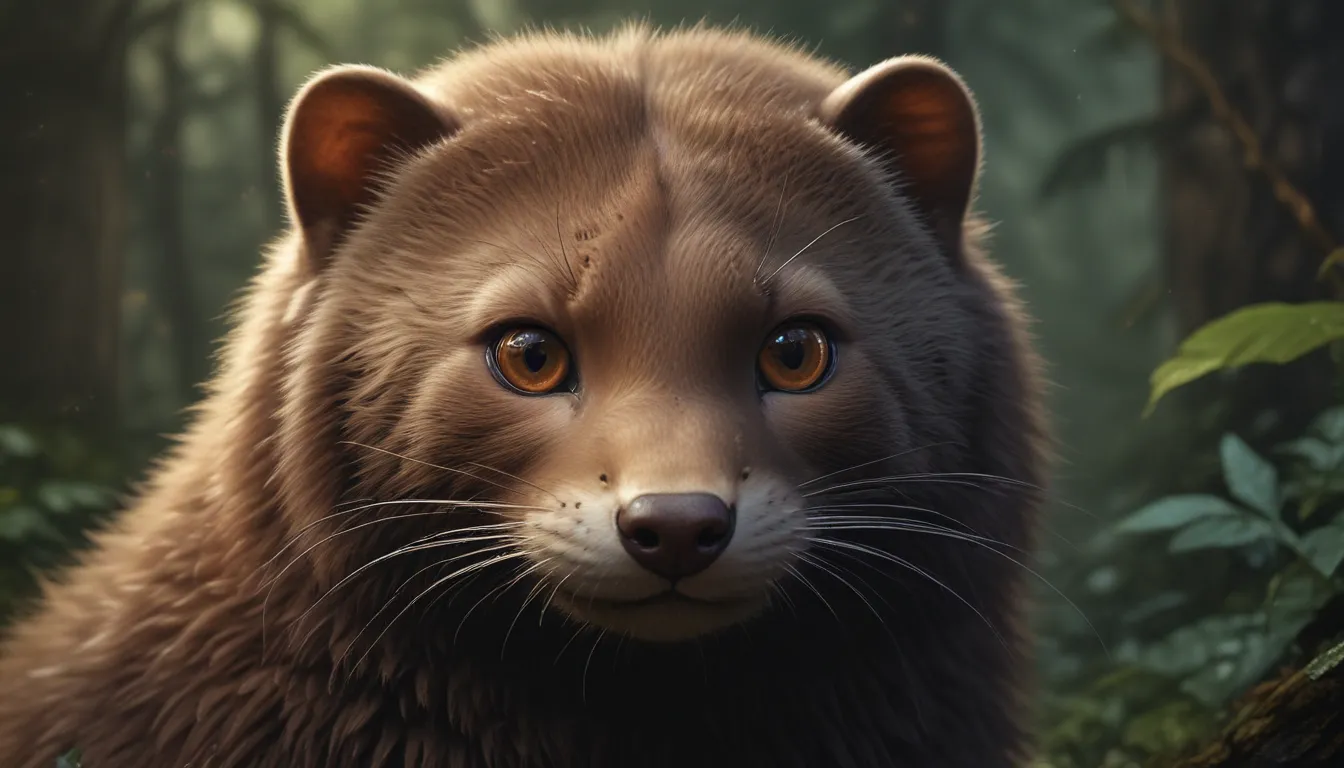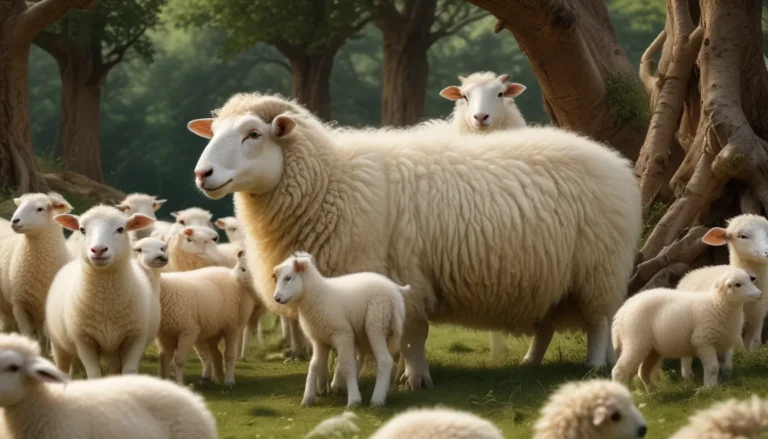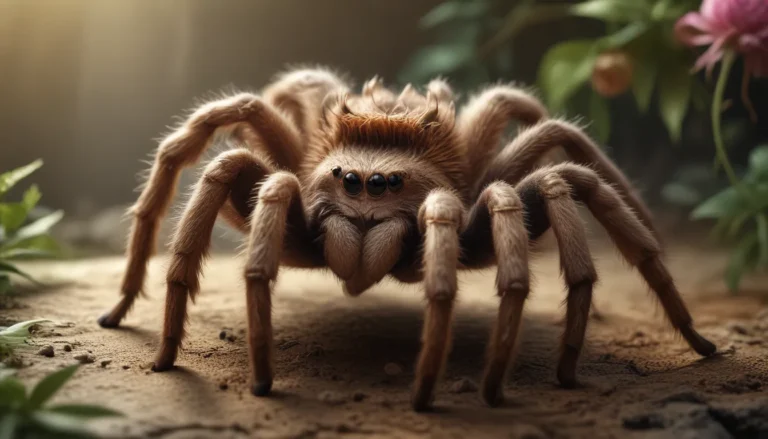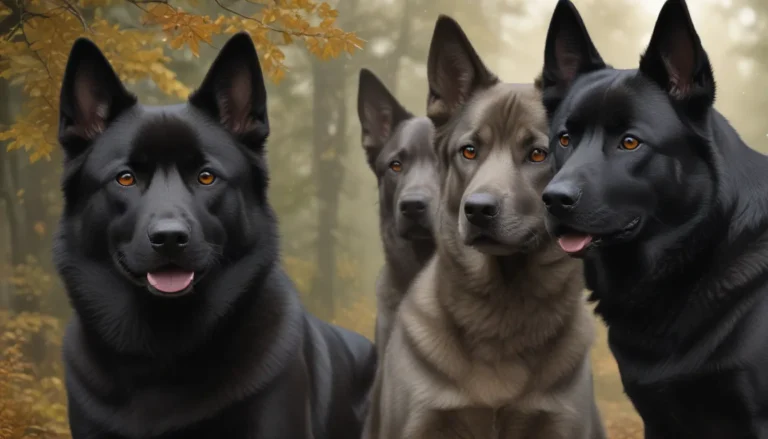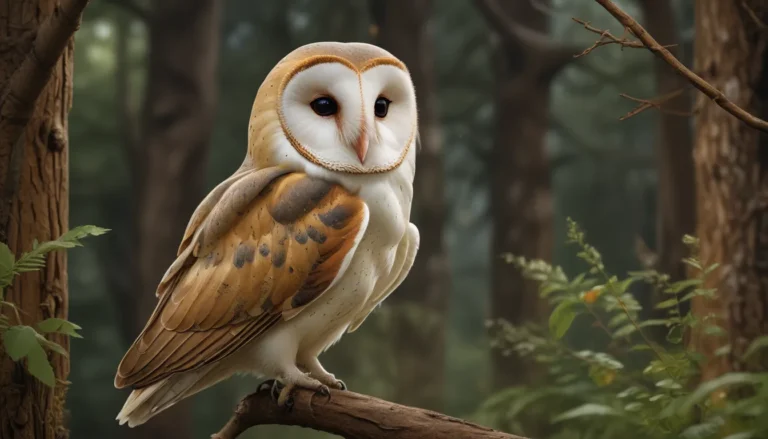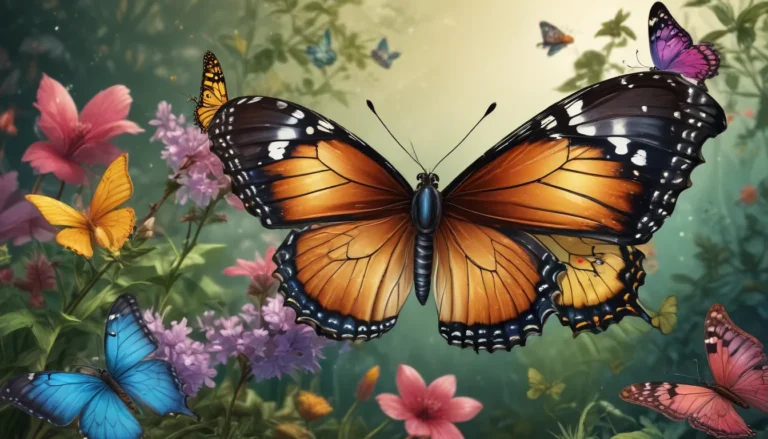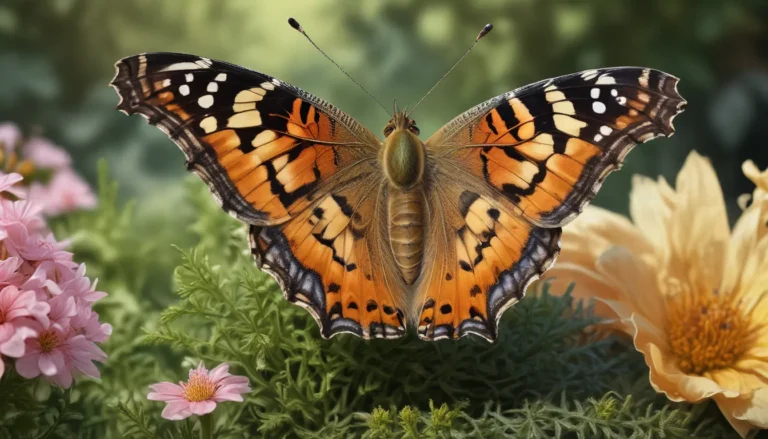The pictures we use in our articles might not show exactly what the words say. We choose these pictures to make you interested in reading more. The pictures work together with the words but don’t take their place. The words still tell you the important facts.
If you've ever marveled at the graceful creatures gliding through the water effortlessly with their luxurious coats, then you've encountered the enigmatic minks. These elusive mammals possess a charm that captivates and intrigues us, making them a subject of fascination for many. From their aquatic abilities to their significance in the fur industry, minks hold a plethora of mysteries waiting to be unveiled. In this informative guide, we'll delve into 26 captivating facts about minks that will undoubtedly spark your curiosity. Whether you're an animal enthusiast or simply enjoy gaining knowledge about the wonders of the natural world, these insights into the realm of minks are certain to captivate you. Are you ready to embark on a journey of mink magic? Let's begin our exploration!
Unraveling the Mystery of Minks
Minks, small carnivores renowned for their luscious fur, belong to the Mustelidae family, which includes their relatives like weasels, otters, and ferrets. These adaptable creatures can be found in various habitats across North America and Europe, with the American mink and the European mink being the primary species.
A Glimpse into Mink Habitats and Behavior
Minks gravitate towards environments near water bodies such as rivers, lakes, and marshes. Their semi-aquatic nature allows them to excel in swimming, foraging for fish, frogs, and other aquatic prey. On land, minks showcase their agility by hunting rodents and birds.
- Minks are solitary beings, except during the breeding season, preferring to live and hunt alone while marking their territory with a potent scent to deter intruders.
- Their diet is diverse, encompassing fish, crustaceans, amphibians, and occasionally small mammals and birds, enabling them to adapt effortlessly to varying terrains.
The Allure of Mink Fur in the Fashion Industry
The soft, dense, and durable fur of minks has made it highly sought after in the fashion realm, propelling the extensive farming of minks for their pelts. However, this practice has raised ethical and environmental concerns.
- Natural mink fur showcases a range of colors, including black, brown, white, and even blue, with the quality and hue influenced by the mink's diet and living conditions.
- Evolving farming practices aim to enhance the quality of life for farmed minks, with regulatory measures in place to safeguard their well-being while ethical debates surrounding fur farming persist.
Conservation Initiatives for Minks
While American minks thrive both in the wild and on farms, the European mink faces the looming threat of extinction. Conservation endeavors are paramount in safeguarding these species and their habitats.
- Habitat degradation and pollution pose significant risks to mink populations, particularly endangering the European mink. Conservationists tirelessly work to preserve and rehabilitate their natural surroundings for long-term survival.
- The presence of invasive species, such as American minks in Europe, has contributed to the decline of native mink populations, necessitating efforts to manage invasive species and protect indigenous ones.
Minks and Their Complex Interactions with Humans
Minks exhibit a multifaceted relationship with humans, valued for their fur yet perceived as pests in certain regions due to their predatory inclinations.
- Minks can impact indigenous wildlife by preying on native species, especially in non-native territories, potentially disrupting local ecosystems.
- Susceptibility to diseases like Aleutian disease, capable of transmission to other animals, underscores the importance of monitoring and managing mink populations for wildlife well-being.
Unveiling the Intriguing Behaviors of Minks
Minks display an array of captivating behaviors that mirror their adaptability and intelligence.
- Utilizing intricate vocalizations to communicate, particularly during the breeding season, minks produce sounds ranging from chirps to growls and screams.
- Their insatiable curiosity often leads them to explore new objects and environments, occasionally resulting in conflicts with humans, especially in urban settings.
- Exceptional swimmers, minks can dive up to 16 feet to procure sustenance, aided by their partially webbed feet that enhance their aquatic prowess.
- Winter preparation involves building up fat reserves and thickening their fur, enabling them to withstand cold climates while remaining active.
Understanding the Impact of Minks on Ecosystems
Minks play essential roles in their ecosystems as both predators and prey, contributing to ecological balance.
- By regulating populations of prey like rodents and fish, minks help prevent overpopulation and the spread of diseases, underscoring their significance in maintaining ecological equilibrium.
- Serving as prey for larger predators such as owls, eagles, and foxes, minks occupy a crucial niche in the food chain, highlighting their role in sustaining biodiversity.
- The presence of minks signifies pristine waterways, as they require clean, unpolluted environments for hunting and habitation, serving as indicators of ecosystem health.
- Burrowing activities of minks promote soil aeration and habitat creation for other species, enhancing soil vitality and fostering biodiversity.
Survival Adaptations of Minks in the Wild
Minks have evolved specialized adaptations that bolster their viability in diverse habitats.
- Their dense fur not only appeals to humans but also provides superb insulation against cold water and harsh weather, enabling year-round activity.
- Equipped with sharp claws and formidable jaws, minks can capture and secure slippery prey like fish and frogs with ease.
- Relying on a keen sense of smell to locate prey and navigate their surroundings, minks leverage this sense for survival, particularly in dense vegetation or murky waters.
- Their slender physiques facilitate navigation through narrow spaces when foraging for food or seeking shelter, a trait that aids in eluding predators and exploring new environments.
Nurturing the Future of Minks
As human activities continue to impact natural habitats, the future of minks, particularly the European mink, remains uncertain. Embracing conservation efforts and sustainable practices is crucial in ensuring the perpetuation of mink populations and their ecological contributions.
- Climate change emerges as a pressing threat to mink populations, necessitating adaptive conservation approaches that address habitat alterations and food source availability.
- Public engagement and education regarding the significance of minks and the challenges they confront can engender support for conservation initiatives.
- Sustainable fur farming practices offer avenues to diminish the environmental footprint of mink farming and enhance the welfare of farmed minks.
- Research endeavors into mink behavior and ecology present opportunities to fortify protection strategies for minks and their habitats.
- Collaborative efforts among conservationists, farmers, and policymakers can yield more effective frameworks for mink conservation and management.
- Innovations in non-fur alternatives stand to mitigate the demand for mink fur, alleviating pressure on wild populations and fostering ethical fashion choices.
Embracing the Enigma of Minks
Our odyssey through the enigmatic world of minks has illuminated the aquatic lifestyles and luxurious fur that define these captivating creatures. Despite their diminutive stature, minks play indispensable roles in their ecosystems, embodying the interconnectedness of nature. Their presence serves as a litmus test for the health of water bodies, while their behaviors continue to captivate scientists and nature enthusiasts alike. Delving into the intricacies of minks allows us to comprehend the complexity of our natural milieu and underscores the imperative of conservation endeavors. Whether marveling at their hunting strategies or contemplating their wild challenges, minks serve as poignant reminders of nature's richness. The next time you encounter a sleek, furry figure by the water's edge, you'll now possess a deeper understanding of the clandestine world of minks. Let's nurture our inquisitiveness and persist in exploring the awe-inspiring creatures that coexist on our planet.
Seeking Your Feedback
Our steadfast commitment to delivering reliable and compelling content lies at the core of our mission. Each fact shared on our platform is contributed by individuals, like you, enriching our database with a diverse array of insights and information. Through meticulous editorial review processes, we uphold stringent standards of accuracy and credibility, ensuring that the knowledge we disseminate is not only riveting but also verifiable. Place your trust in our dedication to quality and authenticity as you delve into the realms of discovery and learning with us.
